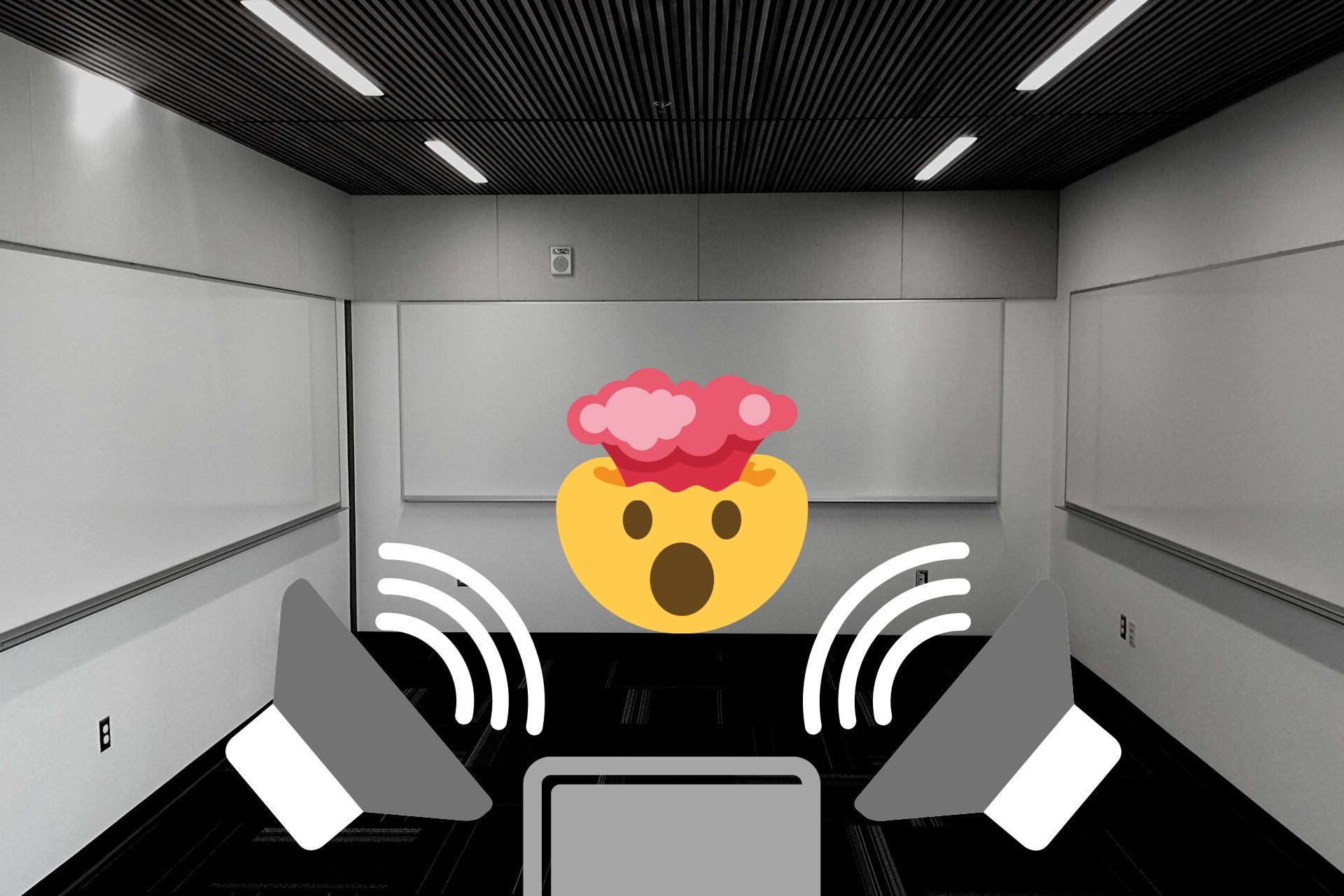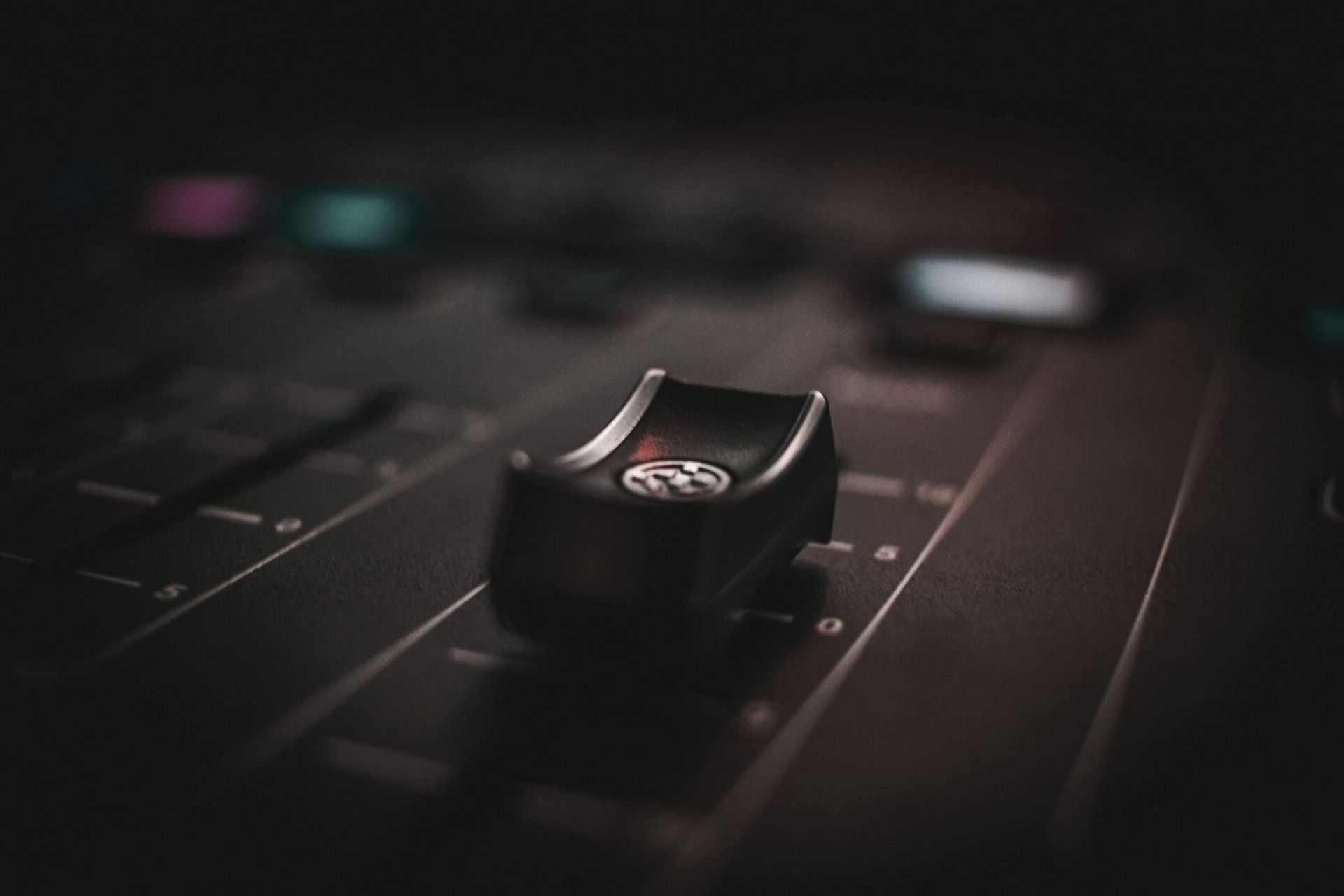The Most Common Mixing Mistake (How to Fix)
One thing pops up everytime I hear a demo or an amateur mix. It’s something that immediately separates amateur and professional mixes. The thing is, that if you don’t get this part right, the whole mix falls apart. Unless you’re not paying attention to it, you’re likely to make this mistake. You know what I’m talking about? Here it is: The most common mixing mistake is volume.
The Biggest Mixing Mistake – Volume
It’s the volume of the tracks that’s not right, not EQ, not compression or fancy parallel mixing tricks. Volume is something that is so simple, but so easy to get wrong. One could argue that it’s a matter of taste rather than mistake, but I’m not talking about subtle level differences. I mean considerable, easily notable volume change, that has nothing to do with taste.
The thing with volume is that it immediately sticks out. You get the amateur feel. It’s so important to set the right levels right from the beginning, because it has an influence on the whole mixing process. If a track is way too loud – or on the contrary, too quiet – no mixing move will save you, no matter how hard you crank up the EQ or compression.

Too Loud
Usually it’s vocals that are way too loud. You would think it’s easy to set vocals to appropriate level, but it’s not. It’s actually quite hard. If it’s not vocals that are too loud, it’s something else taking over the whole mix.
When a track is too loud, it occupies the whole mix, not leaving room for anything else. As you’re listening to a track with too loud vocals for example, you want to turn the overall volume down, ending up hearing only the vocals, with a tiny tiny backing track like in karaoke. That’s not what you want.
Too Quiet
Almost as common a mistake is to set the levels too quiet. Often it’s an instrument, such as drums, guitar or a melody instrument of some kind. When a track is at too low volume, it doesn’t have the desired impact.
For example, when the drums are too quiet, you can’t feel any of the power, the low end or the driving force that they should deliver. If the supporting instruments, such as synth pads or vocal harmonies are too quiet, sure you know they’re there, but nobody really notices them. They don’t do anything for the mix.
Why It’s So Common, If the Mistake’s So Clear and Easy to Spot?
We are fooled by our ears, listening environment and speakers / headphones. A vocal track might sound perfectly balanced on your headphones, whereas on your car seem way too loud. Also if your ears are accustomed to the song – as you’ve worked on it for a good while – the chances are that you’re not able to pay attention to it anymore. Additionally, listening at a loud volume will definitely play its part in making the mistake.

How to Set Tracks to the Right Volume?
By acknowledging the factors above, you’re on the right track. Question your hearing, your room and the speaker or the headphones you’re using. If you’ve worked hours in a row, then keep a short break and listen again with a lower playback level. Reference to a great sounding professionally produced track that you know will sound great anywhere. Pay attention to the volume. If your vocals are considerably louder, then turn them down a bit.
Take your song to a different environment and different speakers. This will help you to perceive how your room colors the sound and what it might hide from you. Listen also with a mono speaker such as a laptop, phone or a bluetooth speaker. That’s how the bulk of the people are going to listen to it anyway. You might find that you need to emphasize some tracks or effects for them to deliver the desired impact. On the other hand, you could spot a track that’s too loud.
By combining listening with low levels, referencing, changing listening environment and testing with a mono speaker you’re going to get the best results. Also setting the raw balance right is essential for getting the right volumes. Read this post about the raw balance, for more detailed information. It’s something that’s done in the beginning of a mixing phase, once you have all the tracks in place and you’re ready to start mixing. Don’t worry about it, if you’re in the middle of the songwriting process, still constantly adding new tracks to the song. However, when you start mixing, you should start with a raw balance.
Summary
If a track is way too loud or quiet, the whole mix sounds amateur. The whole mix falls apart. Although it’s easy to spot volume mistakes from other peoples’ mixes, it might be hard to notice them when you’re too close to the song. These steps will help you to get tracks in balance:
The raw balance
Keeping breaks
Listening at a low level
Referencing
Changing listening environment
Listening with different speakers / headphones
Testing your mix with a mono speaker
Check also these useful guides to help you further with your music:
5 Steps to Create Music Faster (..and avoid the writer’s block!)
